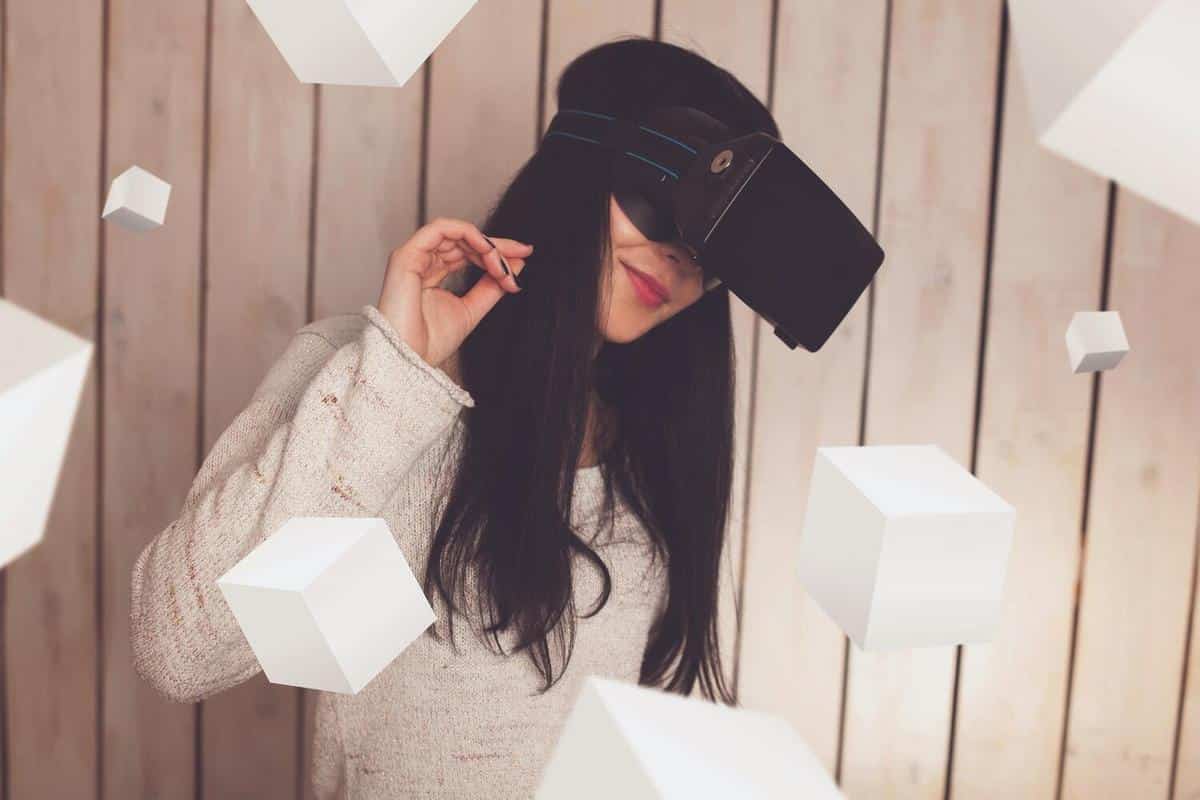
The Rise of Augmented Reality Shopping Experiences
Imagine trying on a new outfit without ever stepping foot in a fitting room. Welcome to the world of augmented reality (AR) shopping experiences, where technology and fashion intertwine to create a seamless, interactive, and personalized shopping journey.
Augmented reality is revolutionizing the way consumers shop for fashion. By overlaying digital information onto the physical world, AR allows shoppers to visualize products in real-time, offering a unique virtual fitting room experience. According to a report by Statista, the global market for augmented reality in retail is expected to reach $23 billion by 2025, highlighting the growing interest and investment in this technology.
Expert Insights on AR Shopping
Industry leaders are taking note of this trend. Mark Zuckerberg, the CEO of a major tech company, has emphasized the potential of AR in enhancing consumer experiences. He mentioned that AR has “the ability to create a more interactive and personalized shopping experience, bridging the gap between the physical and digital worlds.”
How AR Enhances Fashion Shopping
- Virtual Try-Ons: AR apps enable users to try on clothes and accessories virtually, reducing the hassle of returns and ensuring a better fit.
- Interactive Catalogs: Shoppers can explore 3D models of products, gaining a better understanding of the texture, color, and design.
- Personalized Recommendations: AR can analyze shopper behavior and preferences to suggest outfits that match their style.
Real-Life Examples
For instance, a renowned fashion retailer has integrated AR in their mobile app, allowing users to see how different sunglasses styles fit their face. This innovative approach not only boosts customer satisfaction but also increases sales conversion rates.
Actionable Tips for Retailers
- Invest in User-Friendly AR Apps: Ensure the AR application is easy to navigate and provides a smooth user experience.
- Focus on High-Quality Visuals: High-resolution images and 3D models enhance the realism of AR experiences.
- Offer Detailed Product Information: Include comprehensive product details to assist shoppers in making informed decisions.
Comparison Table: Traditional vs. AR Shopping
| Feature | Traditional Shopping | AR Shopping |
|---|---|---|
| Convenience | Limited by store hours | Available 24/7 |
| Product Visualization | Static images | Interactive 3D models |
| Fitting Experience | Physical try-ons | Virtual try-ons |
| Personalization | Generic recommendations | Tailored suggestions |
| Return Rates | Higher | Lower |
| Customer Engagement | Moderate | High |
| Cost Efficiency | Costly inventory | Reduced inventory needs |
| Environmental Impact | Higher waste | Reduced waste |
FAQs
What is augmented reality shopping?
Augmented reality shopping uses technology to overlay digital information on the real world, allowing consumers to interact with products in a virtual environment.
How does AR improve the shopping experience?
AR enhances shopping by offering virtual try-ons, personalized recommendations, and interactive catalogs, which together provide a more engaging and convenient experience.
Are there any disadvantages to AR shopping?
While AR offers many benefits, there may be challenges such as the initial cost of developing AR apps and potential technical issues that need to be addressed.
Conclusion
As augmented reality continues to evolve, its impact on the fashion industry becomes increasingly significant. By offering immersive and personalized shopping experiences, AR technology is reshaping the retail landscape. For consumers and retailers alike, embracing this innovation can lead to enhanced satisfaction and success. To stay ahead, it’s essential for fashion brands to explore and invest in AR solutions, ensuring they remain competitive in a rapidly changing market.


